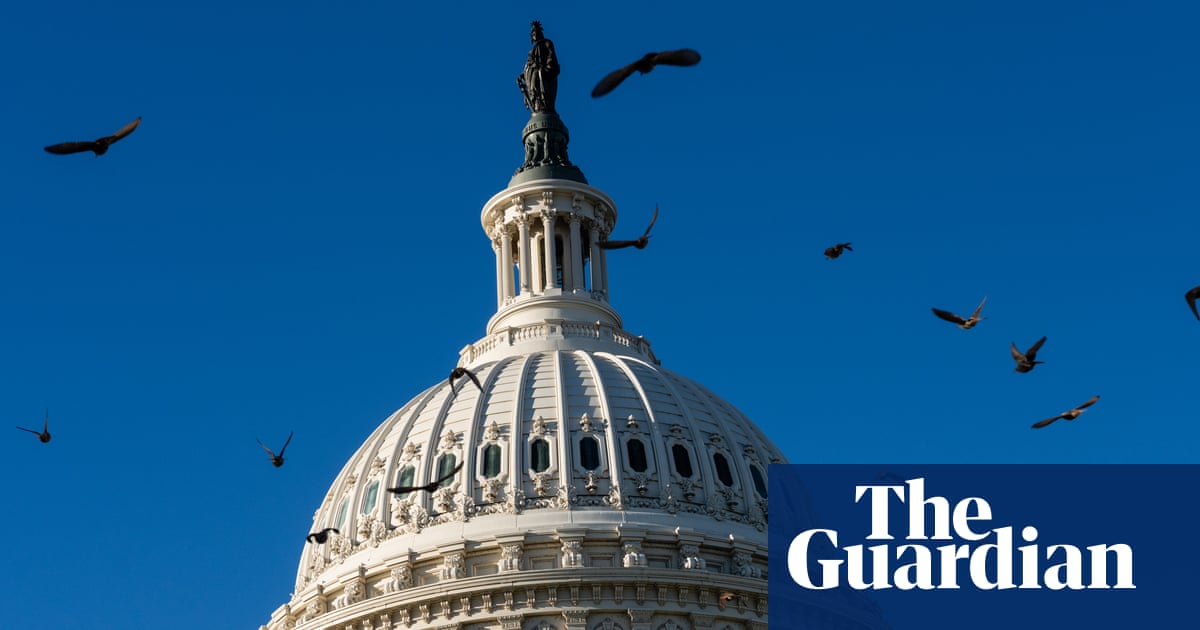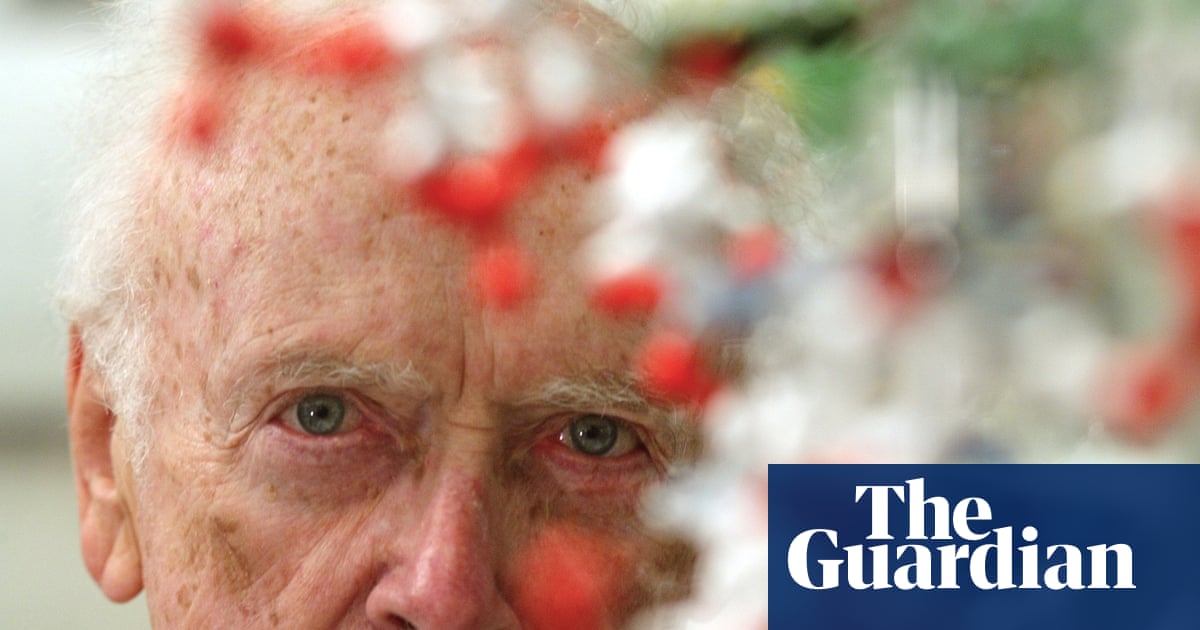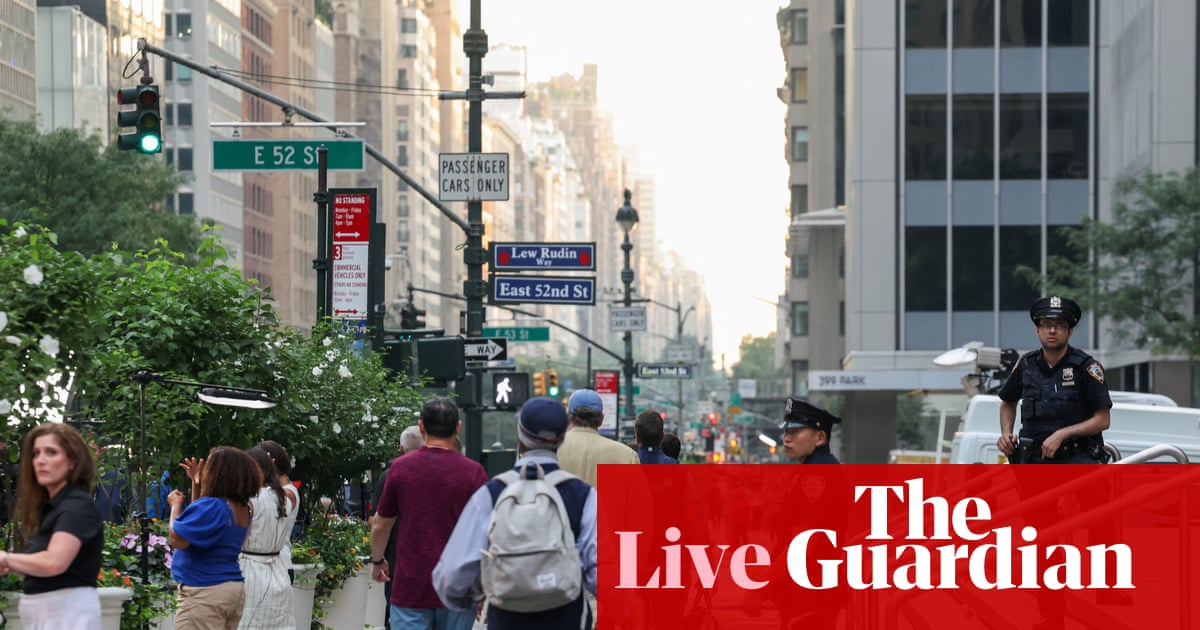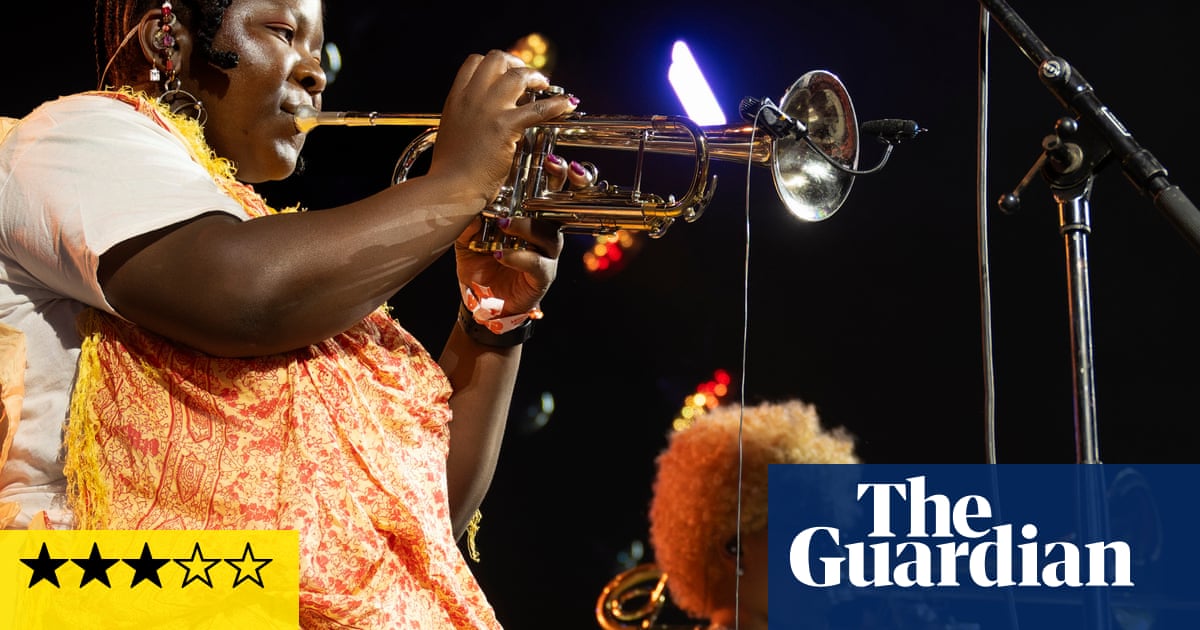My tone wavered between enthusiasm and concern. “Is that a great black-backed gull,” I asked.
It was a cold December morning, and I was cruising along the interior roads of Boston’s Logan international airport in a white pickup truck. At the wheel was Jeff Turner, who, among other duties, oversees efforts to control wildlife at the airport, including making sure that errant gulls and other birds don’t stray into flight paths and cause an accident. He glanced toward the harbor and confirmed that a lone great black-backed was indeed mixed in with a few herring gulls.
There is nothing remarkable about spotting this species on the shorelines of Boston. But it sure is fun to gawk at them. They’re gluttonous omnivores that will devour rats, rabbits and rotting garbage, and they can be obnoxiously loud and territorial.
They’re also enormous: the largest of all gull species with wingspans that top out at 5.5ft (1.7 metres), a feathered Goliath that no pilot wants to see perched near a runway.
We spent a moment admiring it while commercial flights taxied behind us and roared overhead. “When you see one sitting next to a herring gull, it’s crazy just how much bigger it is,” Turner said. “Surprisingly, we don’t see a lot of black-backed strikes. The majority of our gull strikes are herring gulls.”
With that, he parked the truck, walked over to a silver-barreled air cannon set up on a small platform in a patch of grass, and let it rip. The whompfff of the blast made me flinch and sent the gulls scattering. We got back in the truck and rolled onward, looking for more loitering birds to harass.
Every day, birds and airplanes collide. The Federal Aviation Administration recorded approximately 19,000 such incidents across nearly 800 US airports in 2023. In total, those strikes cost airlines an estimated $461m.
The issue has been in the headlines in recent months following a string of high-profile bird strikes. Korean officials found the remains of Baikal teals in both engines of the Jeju Air flight that crashed in December and killed 179 people (the extent to which the animals contributed to the crash remains under investigation).
In February of this year, a hawk obliterated the nose of an Airbus A320 in Brazil. Then in March, a FedEx cargo plane made a fiery emergency landing in Newark, New Jersey, after one of its engines ingested a bird and started spewing flames. Two weeks later, a bird rocketed through the windscreen of a private airplane in California, injuring the passenger and precipitating another emergency landing.

Turner’s team, which includes five technicians and a contracted United States Department of Agriculture wildlife biologist, is responsible for minimizing the likelihood of such calamities at Logan. They use pyrotechnics and air cannons to scare away birds and do whatever they can to make the landscape as unappealing as possible – be it cutting the grass, draining standing water or ripping up berry-bearing bushes that might attract flocks of peckish blackbirds.
When all else fails, the technicians have shotguns in their trucks. “We always go heavy on harassment,” Turner explained. “And then the last resort is lethal.”
The goal, after all, isn’t to kill birds. It’s to keep them away from airplanes. That’s a daunting task at Logan, where an average of 1,200 flights come and go each day. The airport sprawls across 2,400 acres (971 hectares) with water on three sides. During spring and fall migration, managing birds here is like defending against swarm warfare.
“The fact that we’re surrounded by water is a huge challenge … If you’re [a bird] flying down the coastline and you see this,” Turner said, gesturing to long stretches of grass on one side and the shallows of Boston harbor on the other, “it’s a whole different habitat.”
Turner has worked at Logan since 2010. The most unexpected animal encounter during that time was with a ticked-off otter whose powerful bite left “five or six holes in my hand”, he said.
Coyotes make occasional appearances in the winter, as do snowy owls, for which Turner depends on a skilled volunteer who carefully traps and relocates them. On a few occasions, deer have turned up near the runways: “The most incredible part,” Turner said, is that the deer swam to the airport from the surrounding harbor islands.
A breezy conversationalist, Turner’s eyes never stopped scanning the perimeter of the airport. He pointed out brants, common eiders, a merlin, and bucket loads of gulls. As we drove on, we saw Canada geese congregating near the water and a few dozen European starlings zipping around further inland. Canada geese are famously associated with bird strikes thanks to the heroics of Capt Chesley “Sully” Sullenberger, who in January 2009 safely landed an Airbus A320 on the Hudson river after hitting a flock of geese in what’s been dubbed the “Miracle on the Hudson”. But European starlings can be every bit as dangerous.
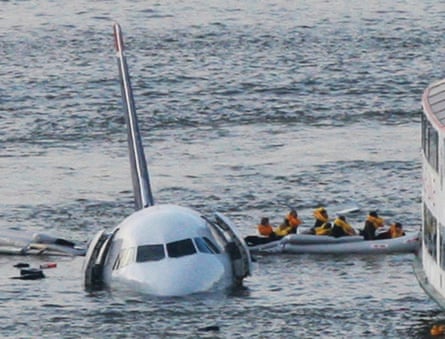
“They just undulate everywhere and when you harass them they split and come back together,” Turner said.
Starling murmurations are such a threat that Turner’s team erected a trap made of wood and chicken wire with a one-way entry point at the top and food and water below.
Pity the technicians who have to “dispatch” the trapped birds by snapping their necks.
If that sounds grim, it may help to consider the tragic history of European starlings at Logan. For several years prior to meeting Turner, I had been researching a book on Roxie Laybourne, a scientist who pioneered the field of forensic ornithology while working at the Smithsonian’s National Museum of Natural History. Her career took an unusual turn on 4 October 1960, when a flight taking off from Logan hit an enormous flock of birds and crashed into the water, killing 62 people. It was unprecedented and terrifying.
Investigators needed to know the type of bird that caused the crash, so they sent some of the remains down to the Smithsonian. Laybourne and her boss sorted through the pieces and found enough feathers to confirm that starlings were to blame.
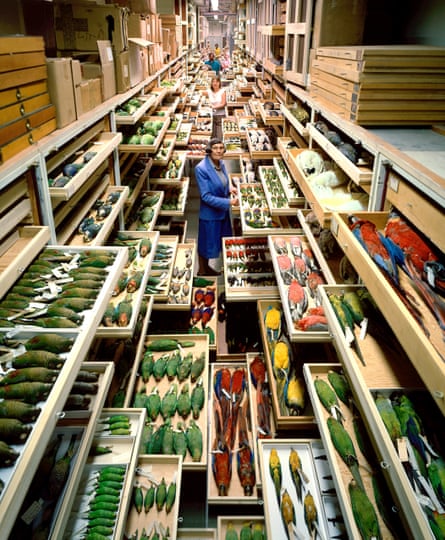
In the following years, bird strikes caused more fatal airplane crashes: in 1962, tundra swans downed a commercial flight over Maryland, killing all 17 people on board; and in 1964, astronaut Theodore Freeman died after his training jet careened into a flock of snow geese near Houston. To establish new safety standards, engineers and regulators needed to know what types of birds were being hit most frequently and how much those birds weighed, so they turned to Laybourne for help.
Using her microscope and the Smithsonian’s vast collection of research specimens, she developed ways of identifying birds by analyzing the microscopic structures of feathers. She went on to apply her skills to criminal investigations, including murder and poaching cases, but more than anything focused on aviation, identifying the remains of more than 10,000 airplane-struck birds.
Nowadays, most airlines voluntarily report bird strikes and send the splattered animal bits they recover to the Smithsonian’s Feather Identification Lab, run by Carla Dove, who trained under Laybourne. The lab works with the FAA, the US air force and the US navy, and identified more than 11,000 bird-strike remains last year, dozens of which of which were collected in Boston.
Most bird strikes cause no damage whatsoever. But every once in a while, things go awfully wrong and that’s what keeps Turner on his toes. His job is a never-ending, always-evolving risk-benefit analysis in which mundane tasks such as trimming the grass can be a catch-22.
Whenever the mowers go out in the summer, he explained, huge amounts of barn swallows come swooping in for the buffet of insects that get kicked up in the process. “We don’t want the bird strikes, but we gotta cut the grass,” he added, playing up the damned-if-you-do nature of it all.
In this line of work, even the most well-intentioned actions can have undesirable consequences. He offered up the example of Boston harbor, once one of the most polluted harbors in the country. After decades of clean-up efforts and programs to reduce sewage overflows, the water is swimmable and it’s a legitimate environmental success story. While Turner loves seeing such progress, the wildlife manager in him laments the fact that better water quality means more productive shellfish beds, which in turn means more gulls.
“The gulls have adapted to it,” he said, pointing to shards of oyster shells on the side of the road. “They’re taking them out at low tide, dropping them on the pavement or on the runways, and cracking the shells open to have a nice little feast. It’s a pain.”
With air traffic increasing at Logan and pretty much everywhere else, Turner is a realist who knows that bird strikes are a problem that cannot be stopped, only mitigated.
“It’s inevitable that something’s going to happen,” he said. “And we just do everything we can do to make sure it’s not going to be one of those catastrophic strikes.”
-
Chris Sweeney is the author of The Feather Detective: Mystery, Mayhem, and the Magnificent Life of Roxie Laybourne, coming 22 July from Avid Reader Press, an imprint of Simon & Schuster

 3 months ago
95
3 months ago
95







